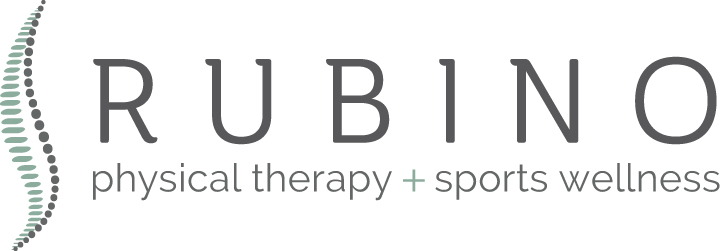All too often I hear the question from my clients, “When can I return to playing___(insert hobby / sport here)”. I do my best to give them an objective answer. My response takes into consideration the stage of healing they are in, how much time has transpired since the injury, how much they are tolerating during the rehab process and frankly how much I can trust them to follow the precautions I need them to follow in order to avoid re-injury. The timeframe response they are looking for isn’t always an easy answer to provide because some of the time, it requires more time and patience than they are willing to offer.
Throughout the recovery process, I try to impart education about injury prevention. I don’t wait until the end. Here’s why, once I have concluded through examination and musculoskeletal testing that the injured tissue can absorb strain properly, there is not much more the client wants to know other than when their first tee time is or when they can start running the base paths again. Understandably so, they have been anxious to play and get back in the game. Admittedly, my job is to get them healthy enough to perform that activity again but if I haven’t imparted injury prevention education along the way, I haven’t given them the full scope of their rehabilitation. That being said, I make a very concerted effort to impart individualized key points of injury prevention from day one of treatment. Sounds boring right? Well not exactly. My clients to start to find it very interesting how the problem may have started and what they can do in the future to prevent it from happening again. When I start hearing, “No one has ever explained it to me that way”, “That makes a lot of sense, I feel like I understand why and how that could have happened to begin with”, we are getting somewhere. Like that, comprehensive rehabilitation has begun and now not only are they more educated about the process of how they injured themselves, perhaps an even greater outcome is that they aren’t as surprised or in as much of a rush to get back to their sport or hobby prematurely. They get it. They don’t just want to be back, they want to have confidence that whatever it is that was weak or painful before is pain-free, more stable and better resistant to re-injury. That’s a very rewarding part of my job. Imparting the knowledge of how and why in addition to making them feel better physically.
Don’t get me wrong, patients and I aren't chatting for their entire session. Each treatment session is hands on manual manipulative therapy where appropriate that seeks to correct and treat the underlying affected tissue…the origin of the problem. The education is the bi-product of what we discover during examination and what we encounter along the way.
In short, don’t let a nagging ache or pain go unaddressed. Set up an appointment for full examination and let’s start focusing on why the problem is occurring and how we can keep it from progressing into a a full-blown injury. Prevention is key. It starts with learning how you are structurally different from someone else and how this affects your biomechanical movements. Until next time, have a happy and healthy 2016!
God Bless you,
~ Dr. Mike
